
Introducing science to young minds is an exploration filled with wonder and excitement. One of the most engaging ways to do this is through hands-on activities that animate the learning process. Teaching preschoolers about worm parts sparks their curiosity about nature and gives them a fun, hands-on way to understand biology.
Here's how to help little ones "build" their own worms, piece by piece, with an educational twist.
WHAT YOU NEED:
- Scissors
- Glue
- Build-A-Worm Page
- Parts of a Worm Page
Begin by showing them the Parts of a Worm page. They will see a picture of a real worm and a description of each part, such as the head, segments, clitellum, and tail.
Review the items you've gathered and what parts of the worm they are.
This activity is not just about putting pieces together; it's about conversation, learning, and creativity.
If you child is able to, have them cut out the parts of the worm. You may need to help with the Setae (little hairs). Encourage them to cut along the lines carefully, as this is an excellent opportunity to practice fine motor skills.
With glue in hand, they can stick each piece together to form their worm. During this step, engage them in a conversation about what each part does and why it's important for the worm.
Detachable Clitellum: For added education, discuss how this part is crucial for the worm to lay its eggs and form a cocoon. You can choose to not glue on the clitellum and make it detachable so they can 'plant' it in their worm's environment.
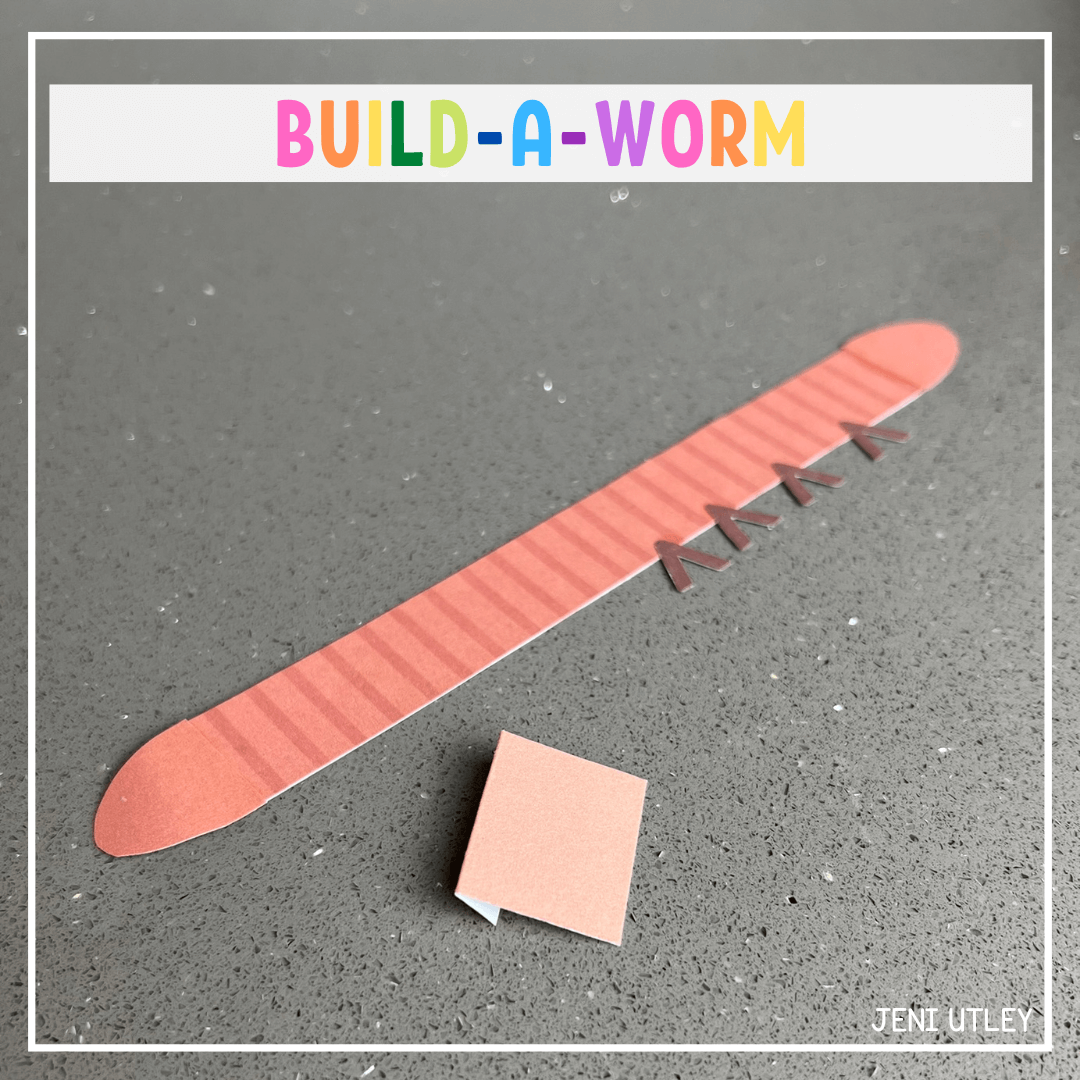
ANOTHER OPTION:
If you're looking for a more dynamic version of this activity, you can take it further by creating a life-sized worm! Here's a more immersive approach:
Human-Sized Worm:
Cut a large piece of brown paper OR a large box to be the size of your child. Cut a hole in one end for the "mouth," where your child's face will go. This way, they become the worm when they finish making it!
Children can collect items from around the house to incorporate into their worm designs. You can use pipe cleaners for the setae, paper for the clitellum, and crayons for the segments. Get creative!

Why Build-A-Worm Science Activity Is a Must-Have for Young Learners:
- Fosters a Love of Science
- Encourages Hands-on Learning
- Promotes Creativity and Imagination
- Educational and Fun
With a little glue, a few pieces of paper, and a lot of curiosity, young learners can forge a connection to the natural world that sticks with them for years to come.
- Jeni
___________________
**ALL THINGS HOMESCHOOL PRESCHOOL**
Check out my PRESCHOOL CURRICULUM! This is where you get all of my unit studies, activities, tips, and more!!
FREEBIE: Preschool Curriculum Map!
Check out my website for blogs and freebies!
All of the products on this page are products my kids and I use and love or products I personally recommend!
All of the opinions expressed here are my own. With that said, this page contains affiliate links that, at no additional cost to you, I may earn a small commission.



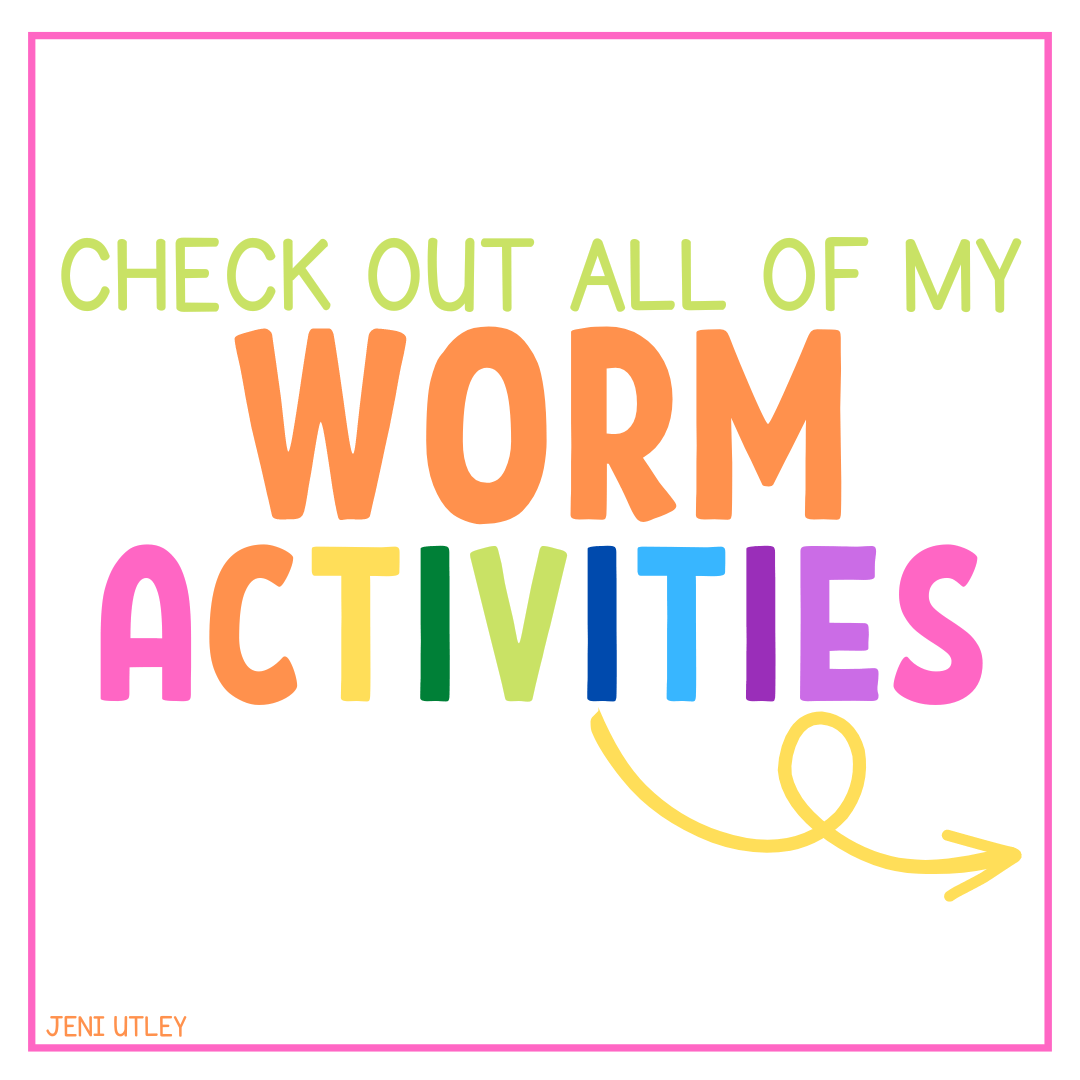

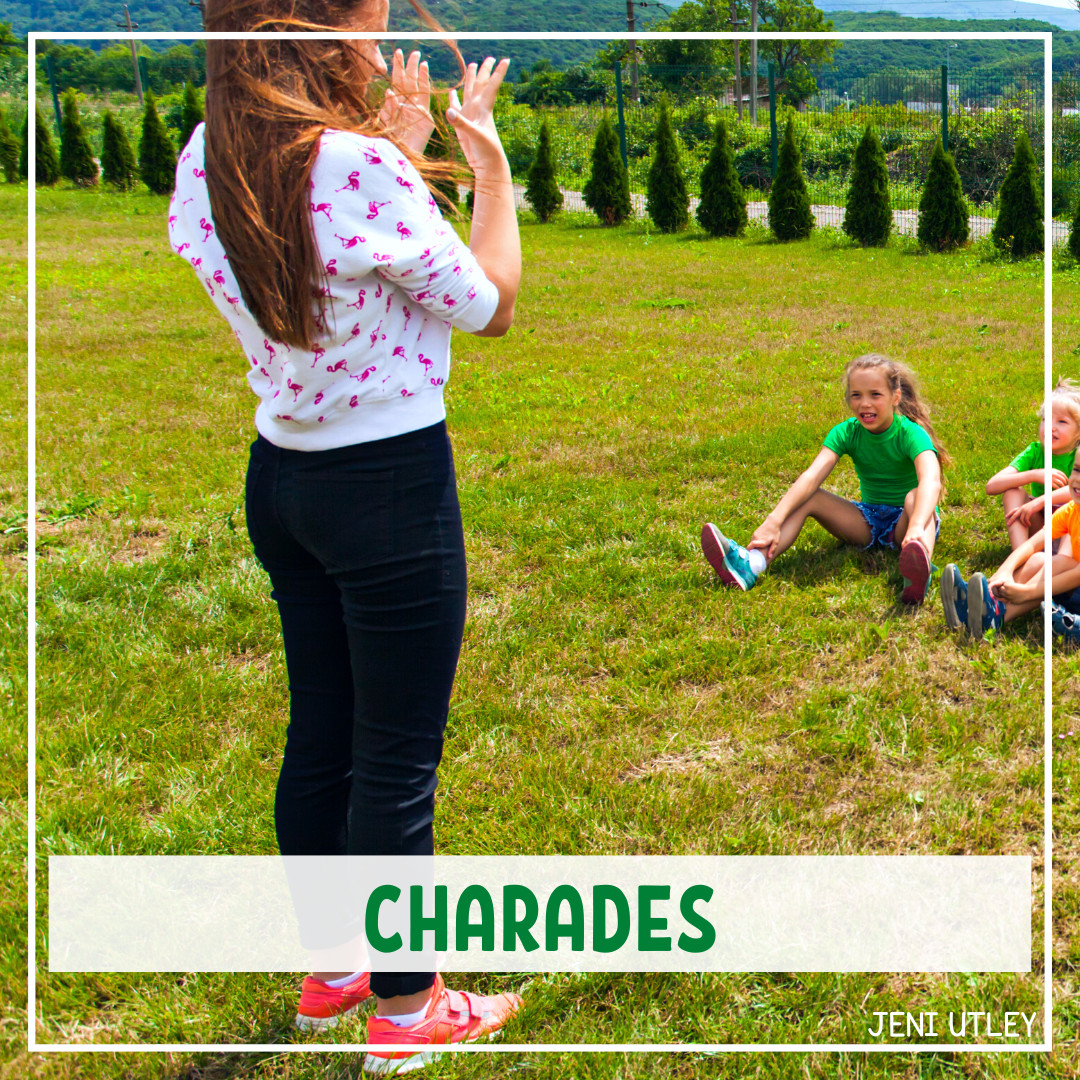
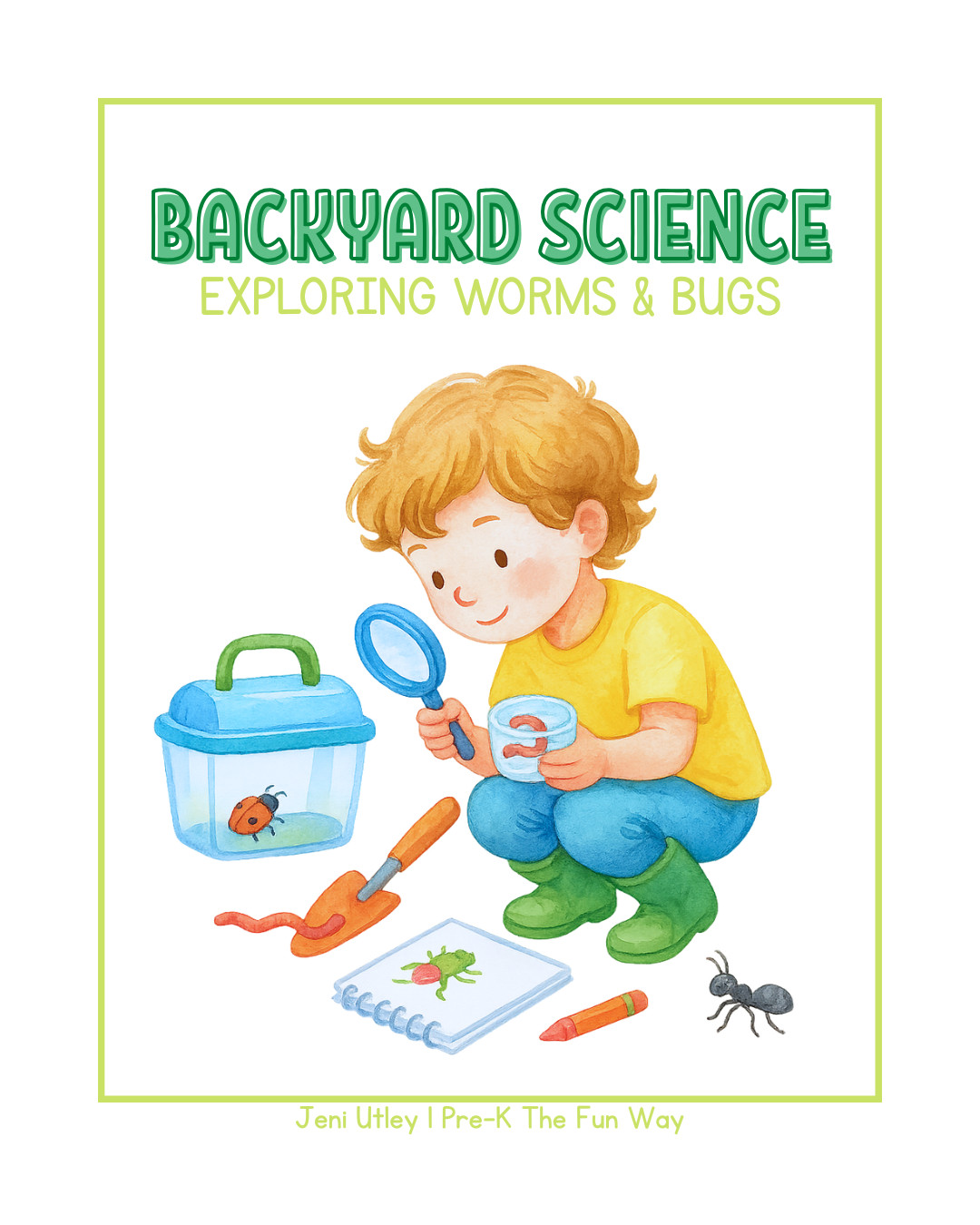

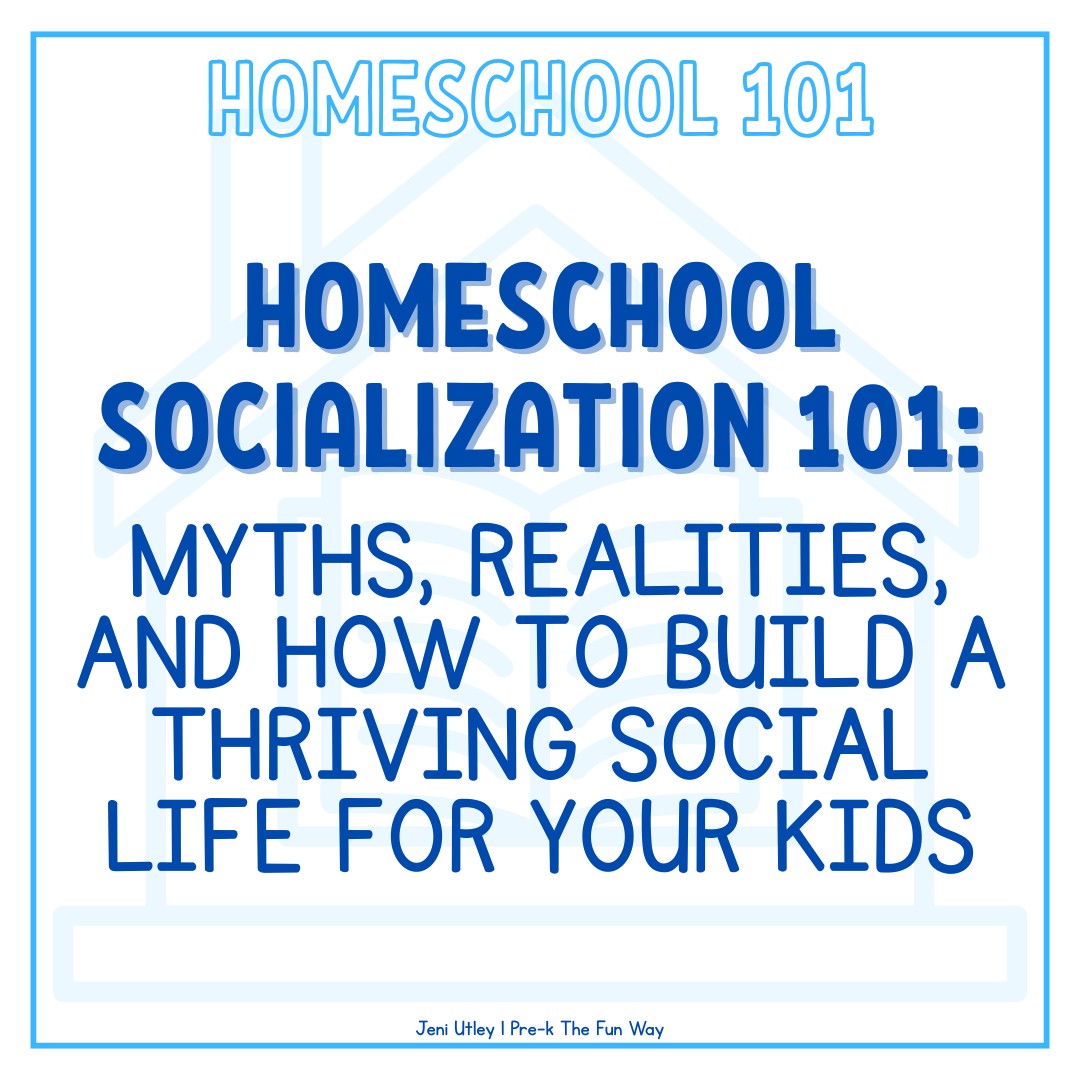
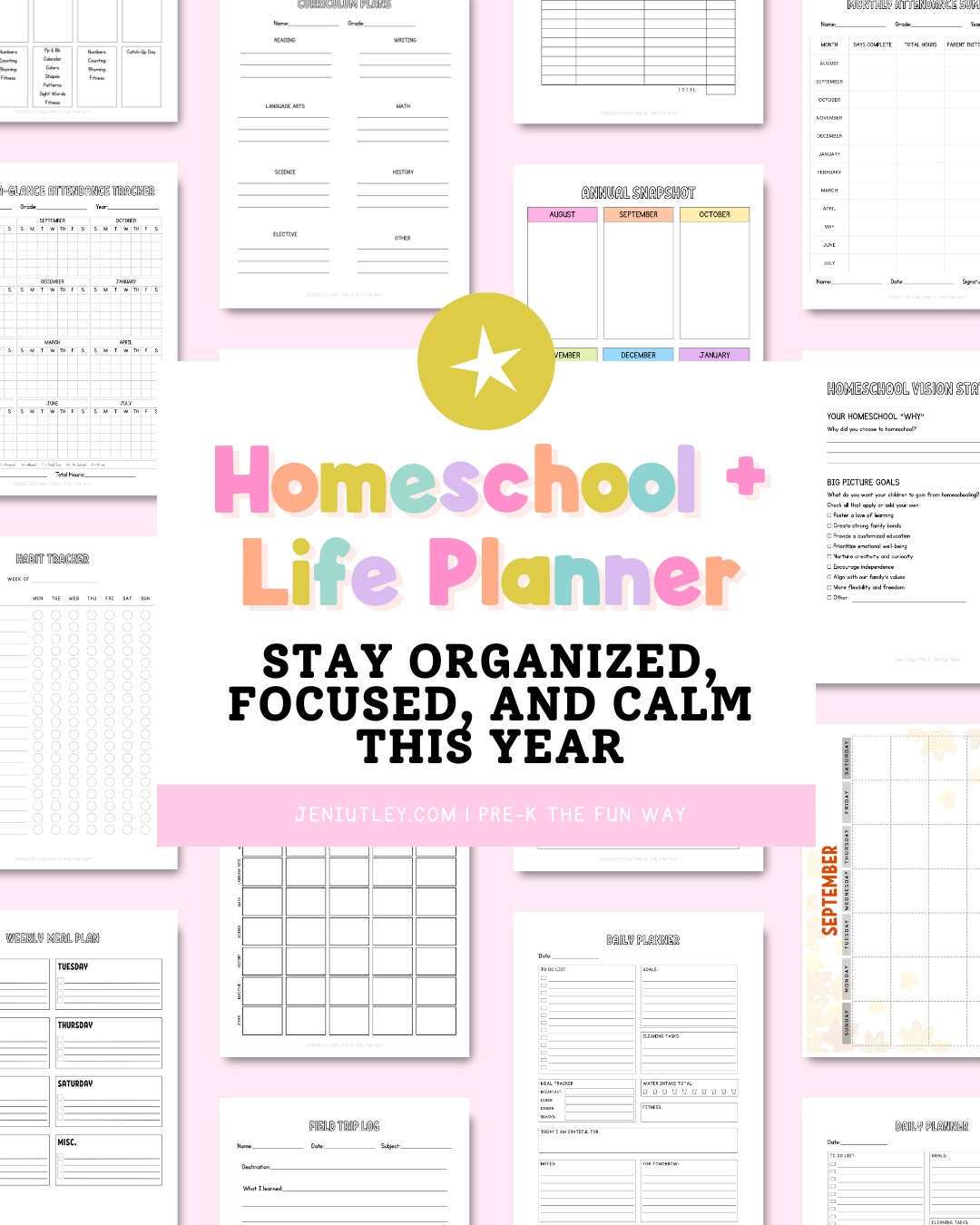

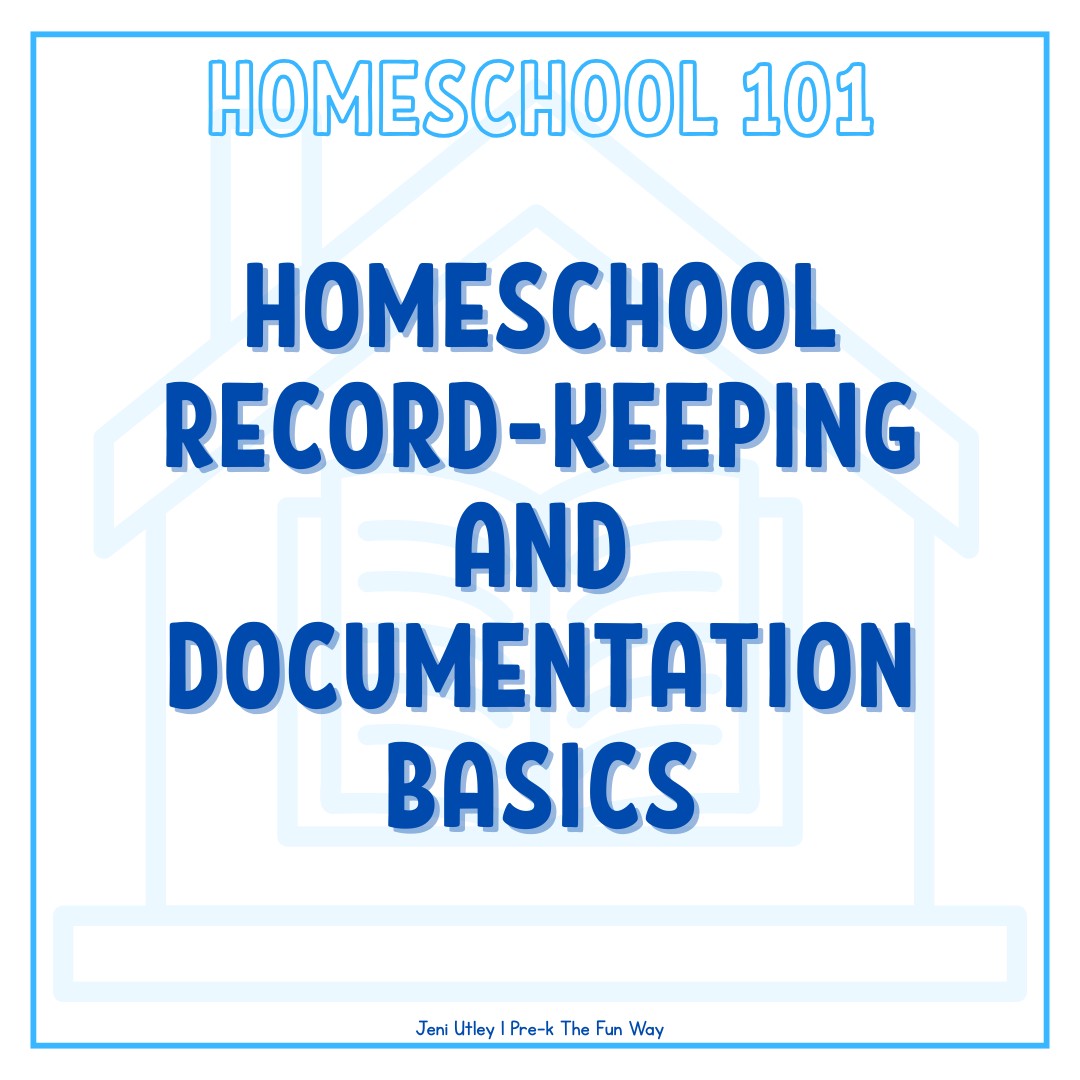


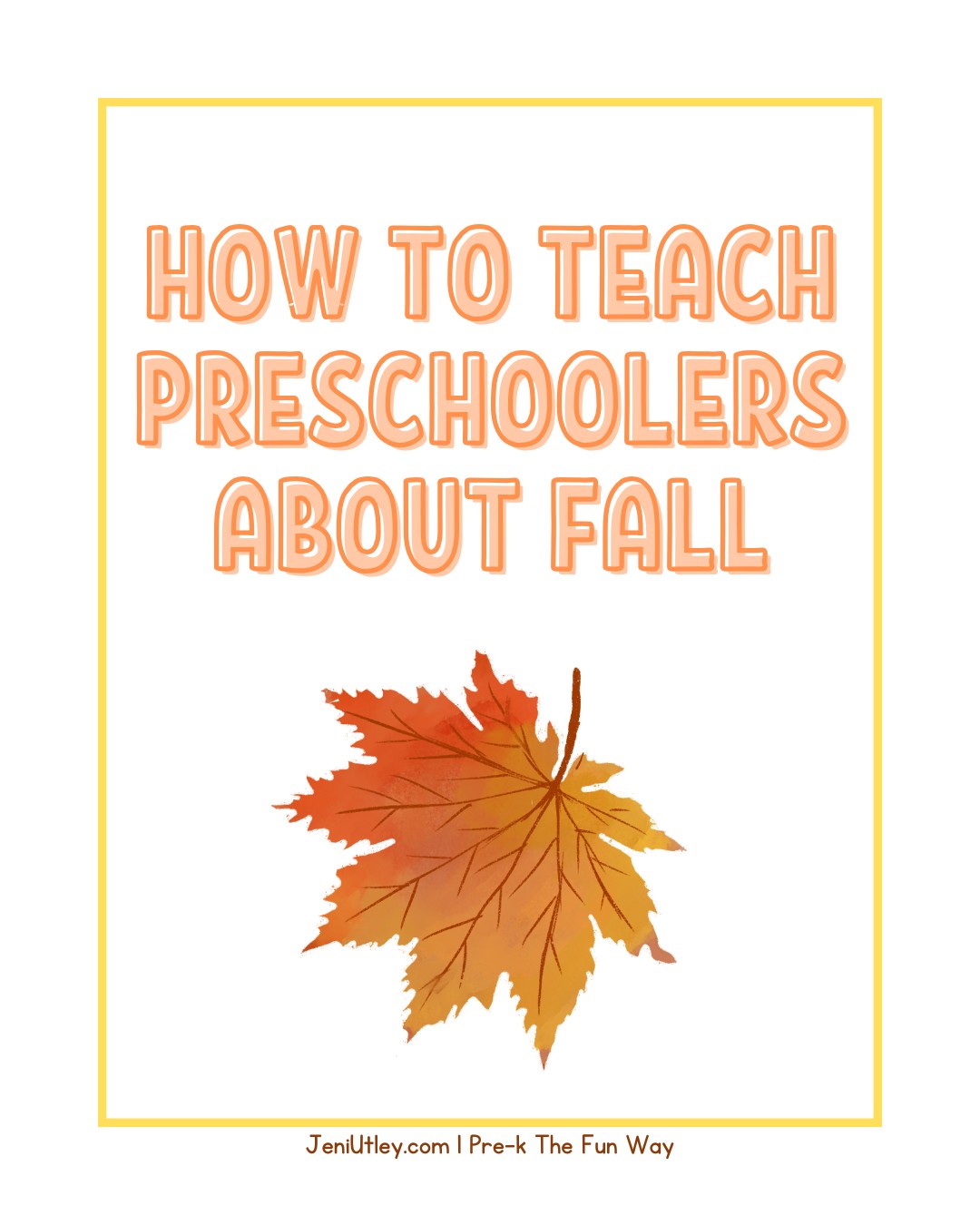

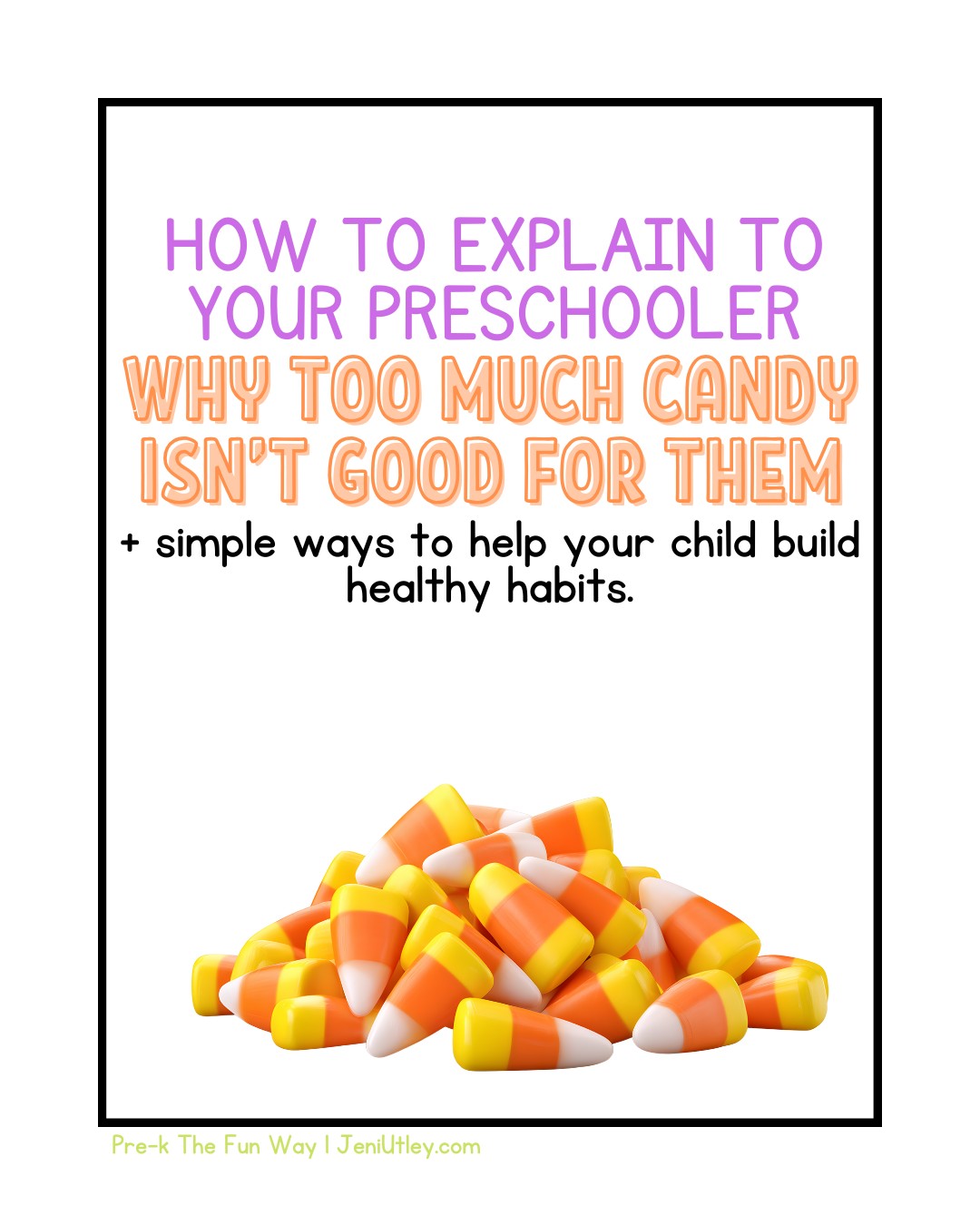







0 Comments